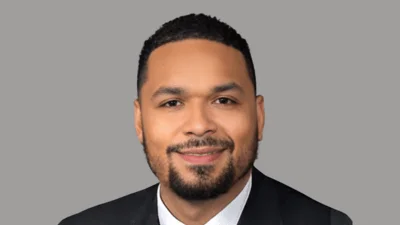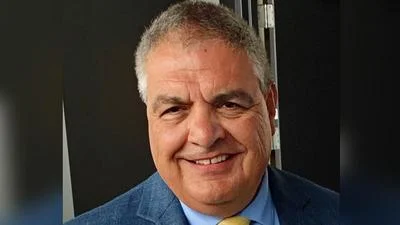Ralph Mantica President at Ohio REALTORS | Facebook Website
Ralph Mantica President at Ohio REALTORS | Facebook Website
Ohio's upcoming primary election, set for May 6, 2025, will present voters with several local issues and a notable statewide measure focused on public infrastructure funding. This election offers Ohioans the chance to influence the governance of their state and local regions. Participation is encouraged to ensure that voices are heard.
Details about voting are clear. Early in-person voting starts on April 8 and includes the weekend preceding Election Day. Absentee voting by mail also begins on April 8, with applications due by April 29. For military and overseas voters, absentee voting commenced on March 21. On Election Day, polls will be open from 6:30 a.m. to 7:30 p.m., with absentee ballots needing in-person return by closing time on May 6.
Statewide, attention centers on State Issue 2, the sole statewide issue on the ballot. If approved, it would enable Ohio to distribute up to $2.5 billion in general obligation funds over ten years for public infrastructure improvements. "Annual Spending Cap: the state could spend up to $250 million per year, making the funding predictable and consistent over the next decade."
The funds from this measure would support upgrades and repairs to local and state roads and bridges, wastewater treatment systems, water supply systems, solid waste disposal facilities, as well as stormwater and sanitary collection, storage, and treatment facilities. The goal is not only infrastructure maintenance but also job creation, employment opportunity enhancement, and economic welfare improvement for Ohioans. "The amendment stipulates that these improvements are essential for preserving and expanding public infrastructure, ensuring public health, safety, and welfare, creating and preserving jobs, enhancing employment opportunities, and improving the economic welfare of Ohioans."
This funding approach is not new in Ohio. Voters first endorsed the State Capital Improvement Program in 1987, which has since financed over 19,000 infrastructure projects. The Secretary of State's issue report provides comprehensive ballot text and differing viewpoints on the measure. Recent changes in Ohio's ballot numbering mean there's no Issue 1, as numbering begins with Issue 2 to prevent past confusion.
For detailed information on local candidates and issues, voters are encouraged to consult their sample ballots available at the Ohio Secretary of State's website: VoteOhio.gov - Ohio Secretary of State.






 Alerts Sign-up
Alerts Sign-up